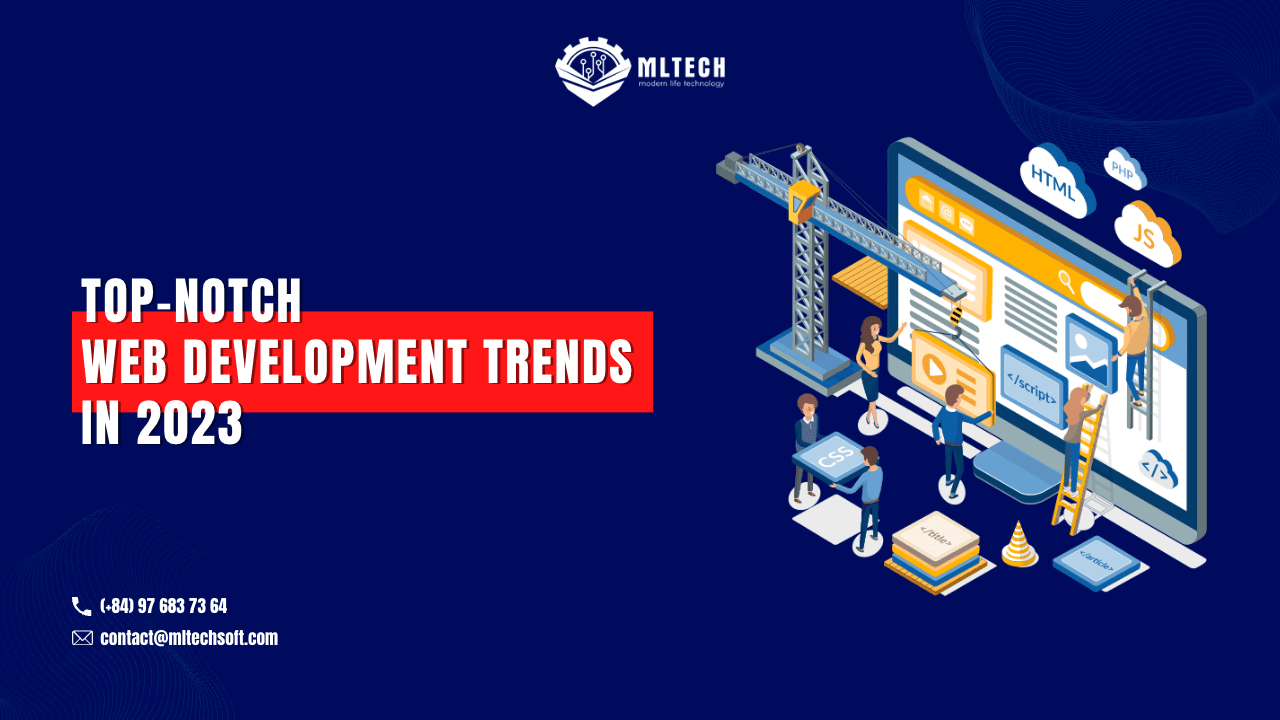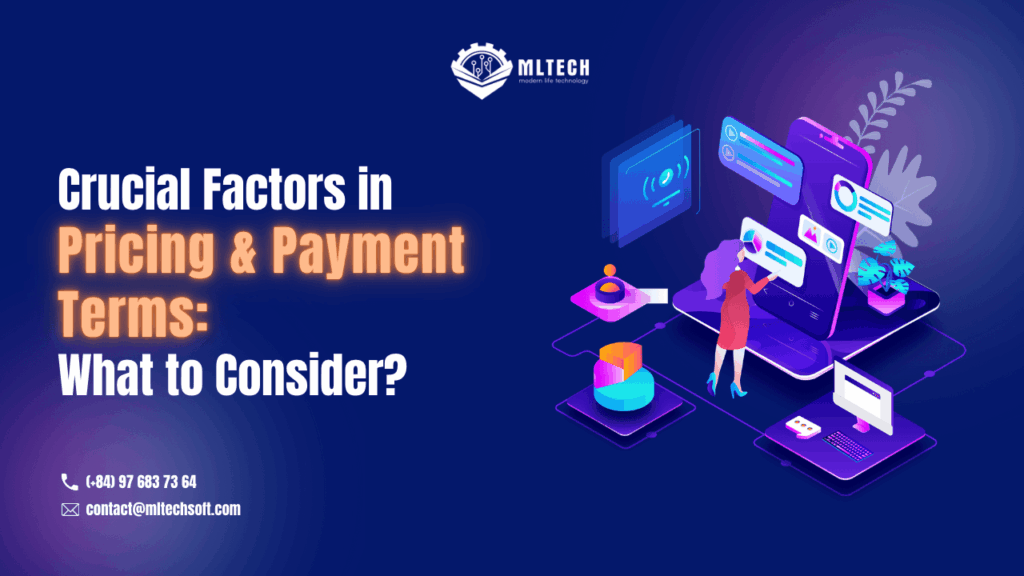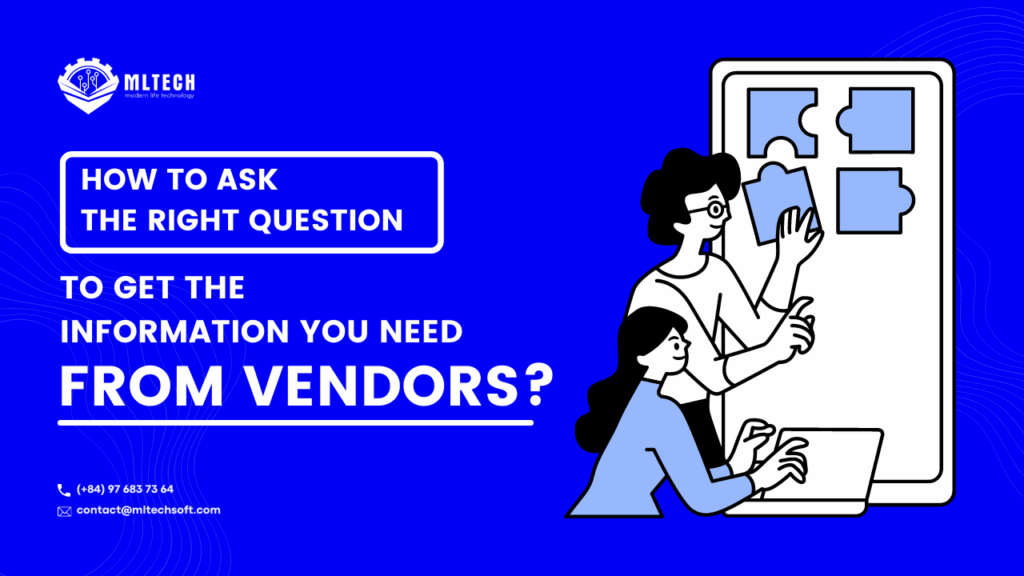Web development is an ever-changing landscape that is constantly evolving with new technologies and design trends. As we get closer to 2023, the web development industry is likely to change in big ways, thanks to new technologies and changing user habits.
In order to stay ahead of the curve and deliver the best possible user experience, businesses need to keep abreast of the latest web development trends and best practices.
In this article, we will explore some of the top-notch web development trends that are expected to shape the industry in 2023.
1. Augmented reality (WebAR)
Augmented Reality (AR) is a technology that overlays digital information, such as images, text, or videos, onto the real world. AR can be experienced through mobile devices or dedicated AR glasses, and it enhances the user’s perception of reality by adding computer-generated content to the real environment.
Functions of WebAR:
Product visualization: WebAR can be used to showcase products in a more interactive way, allowing users to see and interact with the product in 3D, and even customize it to their liking.
Marketing and advertising: WebAR can be used to create engaging marketing campaigns by providing immersive and interactive experiences that can help promote a product or service.
Education and training: WebAR can be used in education and training to create interactive and engaging experiences that can help students learn complex concepts in a more visual and interactive way.
Entertainment: WebAR can be used to create games and entertainment experiences that are more immersive and engaging than traditional games.
2. Artificial Intelligence (AI) and Bots
Artificial Intelligence (AI) is a broad field of computer science that focuses on creating intelligent machines that can perform tasks that typically require human-like intelligence, such as recognizing speech, making decisions, solving problems, and understanding natural language.
AI systems use algorithms and statistical models to learn from data and make predictions, and they can continuously improve their performance through feedback and experience.
The functions of AI include:
Natural Language Processing: AI systems can understand and interpret human language, both written and spoken, and generate responses in natural language.
Machine Learning: AI systems can learn from data, identify patterns, and make predictions based on that learning.
Computer Vision: AI systems can analyze visual data, such as images and videos, and recognize objects, people, and actions.
Robotics: AI systems can control robots and machines, enabling them to perform tasks that would otherwise require human intervention.
Expert Systems: AI systems can provide specialized knowledge and decision-making capabilities in specific domains, such as medicine, finance, and law.
Bots, on the other hand, are computer programs designed to automate tasks that would normally require human intervention, such as customer service, marketing, and data analysis.
Bots can be programmed to interact with humans through messaging platforms, websites, or other channels, using natural language processing and machine learning to understand and respond to user requests.
The functions of bots include:
Customer Service: Bots can provide assistance and support to customers, answering their questions and helping them with their needs.
Marketing: Bots can be used to promote products or services, engage with customers, and generate leads.
Data Analysis: Bots can be programmed to analyze data, identify patterns, and generate insights.
Personal Assistance: Bots can be designed to perform tasks on behalf of users, such as scheduling appointments, ordering food, or booking travel.
3. Single Page Websites
A single-page website is a type of website that features all the necessary information on a single page, without requiring users to navigate to different pages. Instead, users can simply scroll down the page to view different sections and content.
Benefits of Single Page Websites:
Simple and easy to use: Single page websites are straightforward and user-friendly. They allow visitors to quickly access the information they need without having to navigate through multiple pages.
Improved user experience: Single page websites can provide a more immersive experience for users as they can easily consume all the information on a single page without getting distracted.
Faster load times: Single page websites tend to load faster because they require fewer server requests and page reloads.
Increased mobile-friendliness: Single page websites are often optimized for mobile devices, which means they can be easily accessed and viewed on smartphones and tablets.
Effective storytelling: Single page websites are an excellent platform for storytelling. They can be used to guide users through a narrative, showcase a product, or tell a brand’s story in a visually compelling way.
Better conversion rates: Single page websites can improve conversion rates by keeping users focused on a single message or call-to-action. This can lead to higher engagement and better user retention.
4. Mobile Friendly Website
A mobile-friendly website is a website that is designed and optimized for viewing on mobile devices, such as smartphones and tablets. Mobile-friendly websites adjust to the smaller screen size of mobile devices and are easy to navigate using touch-based gestures.
Benefit of Mobile-Friendly Website:
Improved User Experience: A mobile-friendly website is easier to use and navigate on mobile devices, providing a better user experience. This can help to keep visitors engaged and reduce bounce rates.
Increased Mobile Traffic: With more people accessing the internet on mobile devices than ever before, having a mobile-friendly website can help to attract and retain mobile traffic.
Better SEO: Google and other search engines give preference to mobile-friendly websites in search results, which can help to improve visibility and drive more organic traffic to a website.
Faster Load Times: Mobile-friendly websites are designed to load quickly on mobile devices, which is important as slow load times can negatively impact user experience and search engine rankings.
Competitive Advantage: Having a mobile-friendly website can give a business a competitive advantage by making it easier for mobile users to access and engage with their website compared to competitors who do not have mobile-friendly websites.
In today’s world, where the majority of internet users access the web via mobile devices, having a mobile-friendly website is essential for businesses and organizations that want to remain relevant and engage with their audience effectively.
5. Internet of Things (IoT)
The Internet of Things (IoT) refers to a network of physical devices, vehicles, appliances, and other objects that are embedded with sensors, software, and network connectivity, allowing them to collect and exchange data over the internet.
The IoT enables objects to be controlled and monitored remotely, and it can be used to create smart homes, smart cities, and other interconnected systems.
Benefit of Internet of Things (IoT):
Automation: IoT enables automation of various processes, reducing human intervention and error. It can also help in optimizing processes, saving time and resources.
Remote Monitoring: IoT devices can be used to monitor and track various parameters such as temperature, humidity, and other environmental factors. This can be useful in industries such as healthcare and agriculture, where remote monitoring of patients or crops can be critical.
Predictive Maintenance: IoT devices can be used to monitor the performance of machines and equipment, enabling predictive maintenance to be carried out. This can reduce downtime and maintenance costs while improving the lifespan of machines and equipment.
Improved Efficiency: IoT devices can help in improving the efficiency of various systems, such as energy management systems, by optimizing energy consumption based on usage patterns.
Enhanced Customer Experience: IoT can be used to create personalized and customized experiences for customers, such as smart home systems that automatically adjust to a user’s preferences.
Enhanced Safety and Security: IoT can be used to create a safer and more secure environment, such as smart surveillance systems that can detect and alert in case of any suspicious activity.
6. Expansion of agile development
Agile development is a project management methodology that emphasizes collaboration, flexibility, and iterative development to deliver high-quality software products.
Agile development is based on the Agile Manifesto, a set of guiding principles for software development that prioritizes individuals and interactions, working software, customer collaboration, and responding to change.
Function of Agile Development:
Improved Collaboration: Agile development promotes cross-functional teamwork and collaboration among team members, stakeholders, and customers. This helps to ensure that everyone is aligned towards a common goal, and that requirements are understood and met.
Iterative Development: Agile development focuses on delivering small, incremental improvements to a software product, rather than trying to deliver the entire product in one go. This approach enables teams to adapt quickly to changing requirements and feedback, and to prioritize features based on user needs.
Increased Flexibility: Agile development allows for greater flexibility in project planning and execution, which can be particularly useful in projects where requirements are uncertain or subject to change.
Faster Time-to-Market: Agile development can help teams to deliver software products more quickly, as they can start delivering value early on and continually iterate on the product based on feedback.
Improved Quality: Agile development emphasizes continuous testing, integration, and delivery, which helps to identify and address issues early on in the development process, leading to a higher-quality end product.
Customer Satisfaction: Agile development puts the customer at the center of the development process, ensuring that the software product meets their needs and expectations. This can lead to greater customer satisfaction and loyalty.
7. Blockchain Technology
Blockchain technology is a decentralized, digital ledger system that records transactions securely and transparently. It is a distributed database that stores information across a network of computers, rather than in a central location. Blockchain technology is the underlying technology behind cryptocurrencies such as Bitcoin, but it has a wide range of other applications as well.
Function of Blockchain Technology:
Decentralization: Blockchain technology enables decentralized systems by removing the need for a central authority or intermediary. This helps to reduce the risk of fraud, corruption, and censorship.
Security: Blockchain technology is highly secure, as each transaction is verified and recorded in multiple copies across the network. This makes it difficult to alter or manipulate the data and ensures the integrity of the system.
Transparency: Blockchain technology is transparent, as all transactions are recorded on a public ledger that can be accessed and verified by anyone. This helps to increase accountability and reduce the risk of fraud or corruption.
Traceability: Blockchain technology enables the tracking and tracing of assets or products throughout their lifecycle, from production to consumption. This can be particularly useful in industries such as supply chain management, where it can help improve efficiency and reduce waste.
Smart Contracts: Blockchain technology enables the creation of smart contracts, which are self-executing contracts with the terms of the agreement between buyer and seller being directly written into lines of code. This can help to automate various processes, reduce costs, and increase efficiency.
Cryptocurrencies: Blockchain technology is at the heart of digital currencies like Bitcoin, which can be used as a decentralized form of digital money. This can help to increase financial inclusion, reduce transaction fees, and increase the speed and security of transactions.
Conclusion
Web development is constantly evolving, and it is important for businesses to stay up-to-date with the latest trends in order to remain competitive. As we move towards 2023, there are a number of top-notch web development trends that are likely to shape the industry in the coming years, including single page websites, mobile-first design, artificial intelligence, and voice user interfaces.
To stay ahead of the curve, it is essential to partner with a web development company that has a deep understanding of these trends and the expertise to implement them effectively.
At MLTech Soft, we focus on giving our clients cutting-edge web development solutions that use the most recent technologies and best practices to get them great results. Whether you need a new website, a mobile app, or a custom software solution, we have the expertise to help you achieve your goals. Contact us today to learn more about how we can help take your business to the next level.






